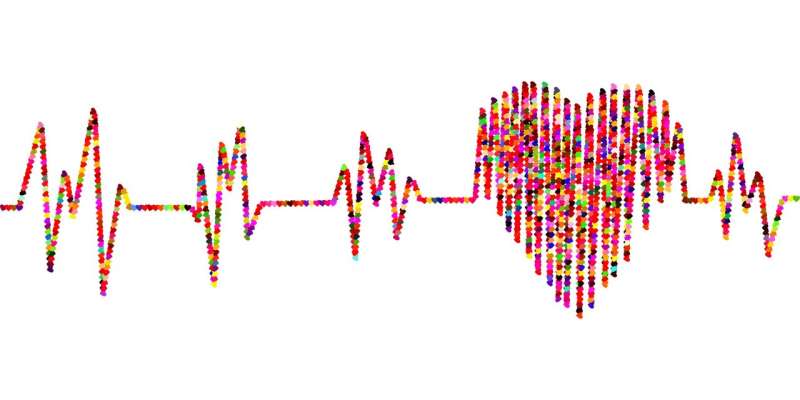Optical imaging techniques could offer non-invasive method to measure swelling within the brain, new study finds

Imaging techniques ordinarily used by eye doctors to monitor the optic nerve could offer a non-invasive method of measuring and managing potentially dangerous swelling in the skull, a new UK study led by researchers at the University of Birmingham has found.
Intracranial pressure (ICP)—or pressure within the skull often caused by a recent brain injury—is a potentially fatal condition that can damages brain tissue. Currently, the most common way to measure the level of pressure is using a lumbar puncture to remove and analyze a sample of spinal fluid, however this can result in complications and can cause patient distress.
However, this latest study looking at potential non-invasive alternatives may have found the answer in the form of a technique ordinarily used by ophthalmologists. Optical Coherence Tomography (OCT) works by using light waves to take cross-section pictures of the back of the eye, allowing doctors to not only see each individual layer, but measure each layer's thickness.
The longitudinal cohort study analyzed data collected from three randomized clinical trials, conducted between April 2014 and August 2019. One-hundred four female participants aged between 18 and 45, all with idiopathic intracranial hypertension, were recruited from five NHS trusts across the UK. Participants were split into two cohorts with some of the participants receiving a small telemetric implant placed on the cranial bone to measure levels of intracranial pressure while lumbar punctures were used to measure ICP over a 24 month period in the second cohort. Both cohorts also received OCT imaging to measure the thickness of the optic nerve and macula.
Results from cohort 1 showed direct correlation between mean levels of pressure within the skull and OCT measures with optic nerve head central thickness the most closely associated with ICP. Cohort 2 also demonstrated a correlation between thickness of the optic nerve and ICP. These correlations were seen at all follow up points of the study for example at 12 months, a decrease in central thickness (by 50µm) was associated with a decrease in pressure of 5cm H²O. Results suggest the potential for OCT to be used as a tool to inform clinicians of changes in ICP, as well as a method of monitoring and predicting levels of pressure in idiopathic intracranial hypertension.
Senior author Professor Alex Sinclair from the University of Birmingham's Institute of Metabolism and Systems Research said: "Non-invasive measures of ICP have been sought for many years. Here we demonstrate the utility of using optic nerve head thickness to reflect changes in ICP. This will have important implications for disease monitoring and guiding treatment decisions. We are seeing a change in practice away from performing regular lumbar punctures in IIH to using OCT scanning to predict ICP and guide management."
Susan Mollan, Director of Ophthalmic Research, University Hospitals Birmingham NHS Foundation Trust commented: "The use of OCT scanning for papilloedema is growing but this research has identified that we can use measures of the optic nerve head to inform changes in ICP. Optic nerve head measures are easy and quick to perform and thus can be readily adapted into the clinical environment."
The full paper "Using Optical Coherence Tomography Measures as Surrogates for Raised Intracranial Pressure in Idiopathic Intracranial Hypertension" was published in JAMA Ophthalmology.
More information: Vivek Vijay et al. Using Optical Coherence Tomography as a Surrogate of Measurements of Intracranial Pressure in Idiopathic Intracranial Hypertension, JAMA Ophthalmology (2020). DOI: 10.1001/jamaophthalmol.2020.4242




















